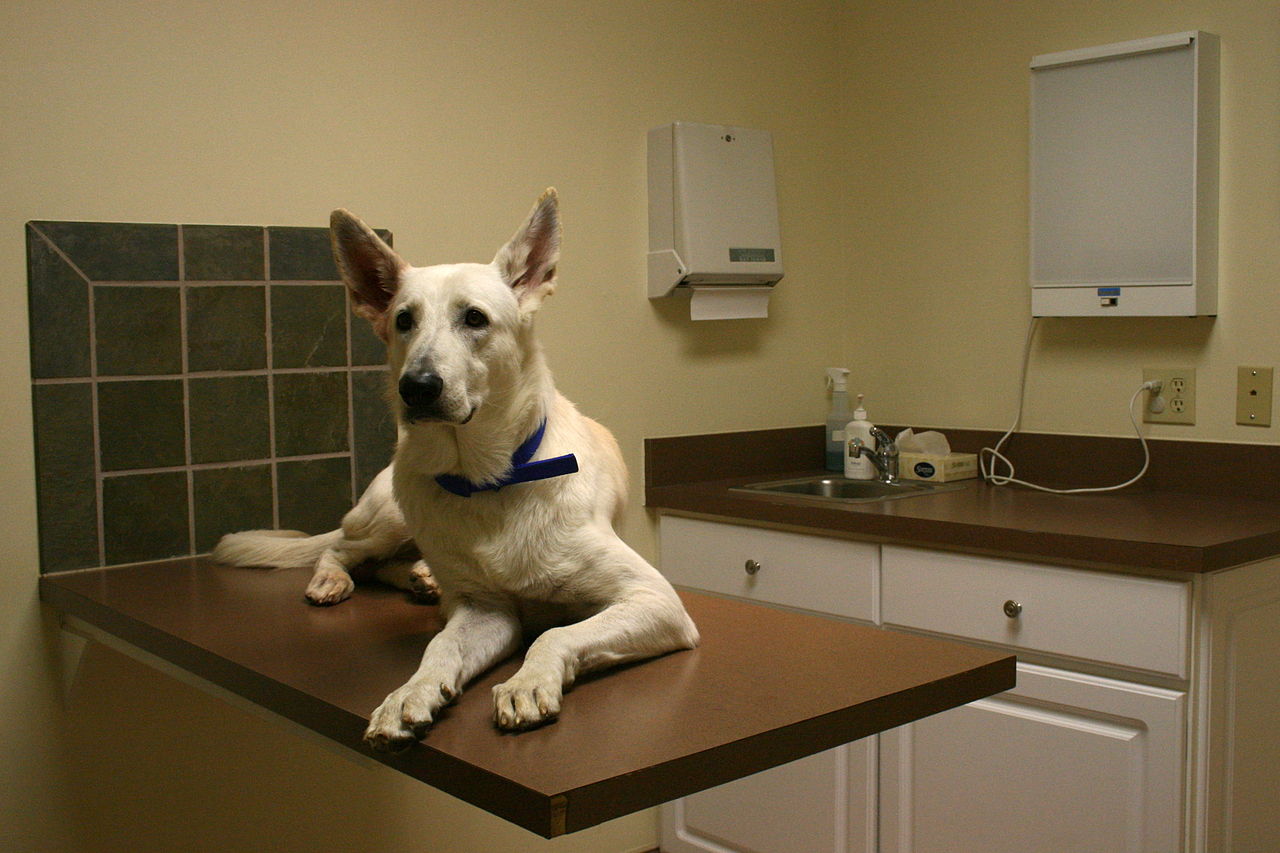The heart is comprised of 4 chambers. The upper is called the atria (plural) and the lower are the ventricles.
Blood flows into the right atrium (singular), then is pumped into the right ventricle. The right ventricle continues the flow, pumping the blood into the lungs where it receives oxygen. From there, it flows into the left atrium and shortly afterwards into the left ventricle which contains the largest heart muscle. The blood is then pumped to all other parts of the body.
There are two types of heart disease – congenital, meaning the dog is born with the problem or acquired which could be the result of infection, injury or wear.
Mitral Valve Disease (MVD) is the most common heart disease seen by veterinarians. It occurs more frequently in small breeds such as the Chihuahua, Miniature Pinscher, Cavalier King Charles Spaniel, Toy Poodle, Pekingese and Pomeranian.
MVD happens when the valves of the heart do not close properly and blood leaks back into the left atrium. The leakage causes the heart to work harder and in turn, the heart can become enlarged due to the excess of blood.
The valves are located on each side of the heart. Their job is to prevent the blood from flowing back into the atria from the ventricles.
The Mitral Valve is between the left atrium and the left ventricle. Contractions can wear down the mitral valve causing small leaks which can gradually become worse.
.
The heart murmur is the unusual sound made by the blood going back into the left atrium. The result can eventually be congestive heart failure, although it could be several years before this occurs.
The weakening of the heart muscle means that the amount of blood being pumped into the rest of the body is impaired, causing DCM (Dilated Cardiomyopathy) as the heart muscle stretches and thins out. Large and giant breeds such as the Boxer, Great Dane, Doberman Pinscher, St. Bernard, Afghan Hound, Newfoundland, are more prone to DCM. Cocker Spaniels and English Springer Spaniels, although smaller, are included in that group.
Signs of DCM are coughing and/or gagging more frequently, tiring easily, bluish color of gums as small amounts of fluid leak from the capillaries into air passageways. DCM can develop slowly, over months and even years.
Diagnosis is through your vet listening to the heart with a stethescope, chest x-rays, cardiogram, ultrasound and blood and urine tests to check for other problems.
Treatment includes the use of medications such as digoxin, diruetics, ACE inhibitors and certain supplements. Prognosis depends on the individual dog and response to treatment.
Maintaining your dog’s proper weight, the correct amount of exercise, high quality diet (raw and/or homemade especially) can keep your dog healthy well into old age.



